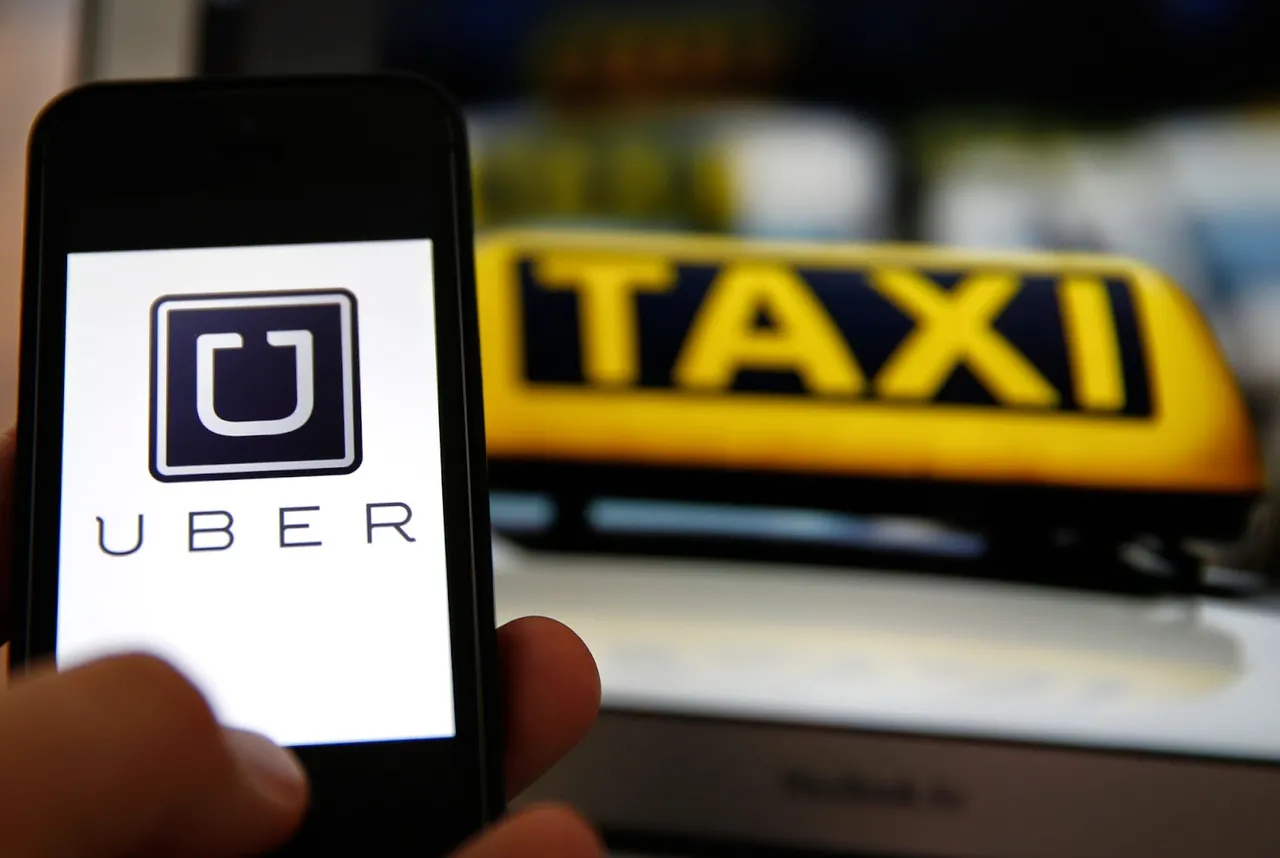
Uber is a transportation network company that operates a platform for online food delivery, ride-sharing, and transportation services. The company was founded in 2009 and has since grown to become one of the largest and most successful startups in the world.
Uber's core service allows users to request rides using their smartphones, and the company uses a dynamic pricing model to adjust fares based on demand and supply. The platform also allows users to track their rides in real-time, receive notifications when their ride is arriving, and rate their drivers after the ride is completed.
In addition to its ride-sharing services, Uber also offers a range of other services, including:
- Uber Eats: A food delivery service that allows users to order food from local restaurants and have it delivered to their doorstep.
- Uber Black: A premium ride-sharing service that offers luxury vehicles and professional drivers.
- Uber XL: A service that offers larger vehicles, such as SUVs and minivans, for groups and families.
- Uber Pool: A carpooling service that allows users to share rides with others going in the same direction.
Uber has faced its fair share of controversies over the years, including concerns about safety, regulation, and competition with traditional taxi services. However, the company has also been praised for its innovative approach to transportation and its ability to disrupt traditional industries.
Today, Uber is available in hundreds of cities around the world and has become a household name in the world of transportation and technology.
At its core, Uber is a tech-powered transportation platform that connects riders with drivers through a handy mobile app. Think of it as a modernized taxi service, but without the need to hail a cab on the street. Here's a breakdown of its key aspects:
For Riders:
- Convenient: Request a ride anytime, anywhere in supported cities, with just a few taps on your phone.
- Variety: Choose from various car types and services depending on your needs and budget, from standard cars to luxury options and shared rides.
- Transparency: See estimated fares and driver information upfront, giving you peace of mind before booking.
- Cashless: No need to carry cash, fares are automatically charged to your linked payment method in the app.
- Real-time tracking: Follow your driver's arrival on a map and watch as they approach your location.
For drivers:
- Flexible: Earn money on your own schedule by driving whenever you want, as much or as little as you like.
- Accessible: Use your own car (if it meets certain criteria) or rent one through Uber partnerships.
- Transparent fares: Know what you'll earn for each ride upfront.
- Navigation assistance: The app guides drivers efficiently to pickup and drop-off points.
- Community: Connect with other drivers and receive support from Uber.
Beyond simple rides:
Uber doesn't stop at just passengers. The platform has expanded to include:
- Uber Eats: Food delivery service, bringing restaurant meals straight to your door.
- Uber Freight: Connecting shippers with trucks for cargo transportation.
- Uber for Business: Managing corporate travel and expense accounts.
Overall, Uber aims to make transportation:
- More accessible: Offering alternatives to traditional public transport and taxis.
- More efficient: Utilizing technology to connect riders and drivers directly, reducing wait times and empty miles.
- More convenient: Providing a seamless experience from booking to arrival, all within a user-friendly app.
History of Uber
The story of Uber is one of ambition, disruption, and constant evolution. Its journey began in 2008, not with roaring engines but with a snowy Parisian night:
The Spark: Two entrepreneurs, Garrett Camp and Travis Kalanick, found themselves stranded, unable to hail a cab. This frustration sparked the idea – what if you could summon a ride simply by tapping your phone?
From Black Cars to a Global App: The initial concept? A black car service summoned through an app. Launched in 2010 as UberCab in San Francisco, it catered to tech-savvy professionals. But soon, the focus shifted to a broader audience, evolving into the Uber we know today.
Rapid Growth, Global Reach: Expansion was meteoric. City after city embraced the convenience of Uber's app-based ride-hailing model. From San Francisco to New York, from London to Delhi, Uber's black cars (and later, various car types) became ubiquitous.
Challenges and Controversies: As Uber's empire grew, so did the critiques. Concerns arose about driver welfare, regulatory compliance, and competition with traditional taxi services. Protests erupted, legal battles ensued, and Uber's leadership faced scrutiny.
Beyond Rides: Recognizing the power of its platform, Uber diversified. Uber Eats delivered meals, Uber Freight connected shippers with trucks, and Uber for Business catered to corporate needs. The once-simple ride-hailing app transformed into a multifaceted transportation and logistics giant.
The Future Unfolds: Looking ahead, Uber navigates a complex landscape. Technological advancements like self-driving cars hold immense potential, while competition in the ride-hailing market intensifies.